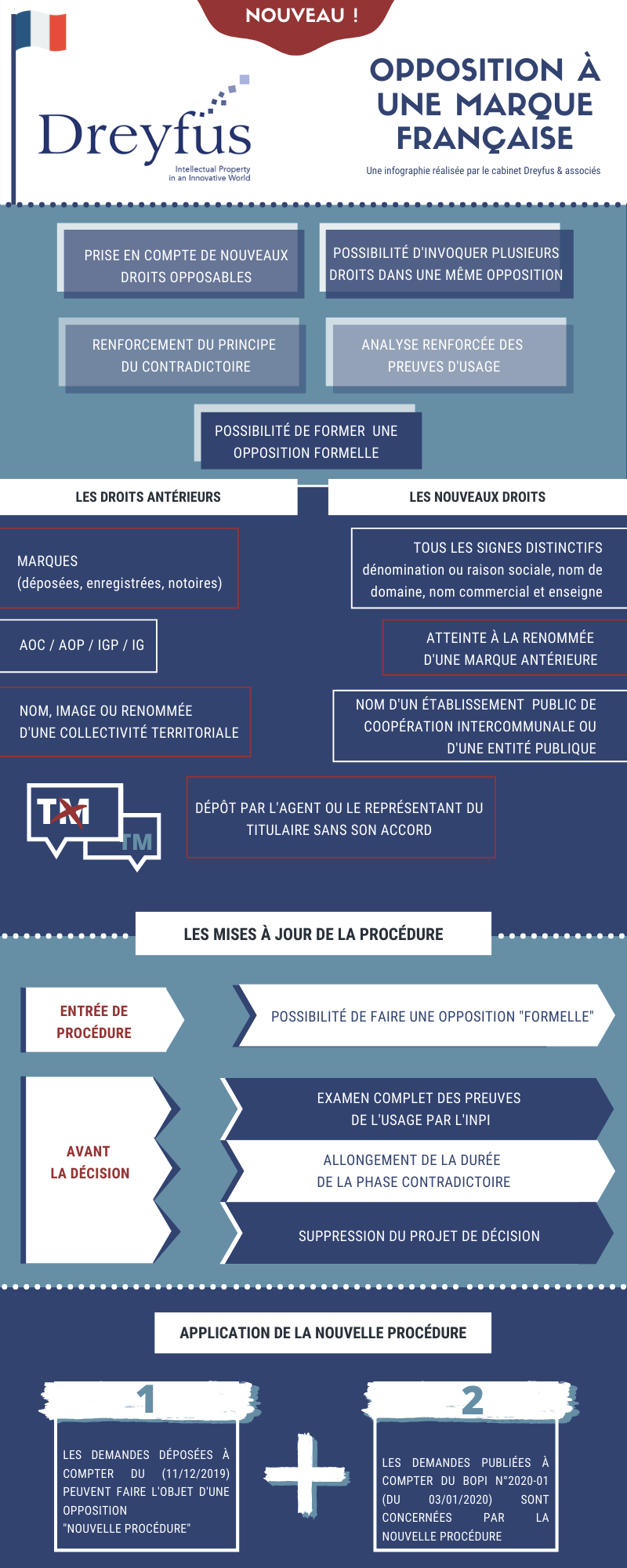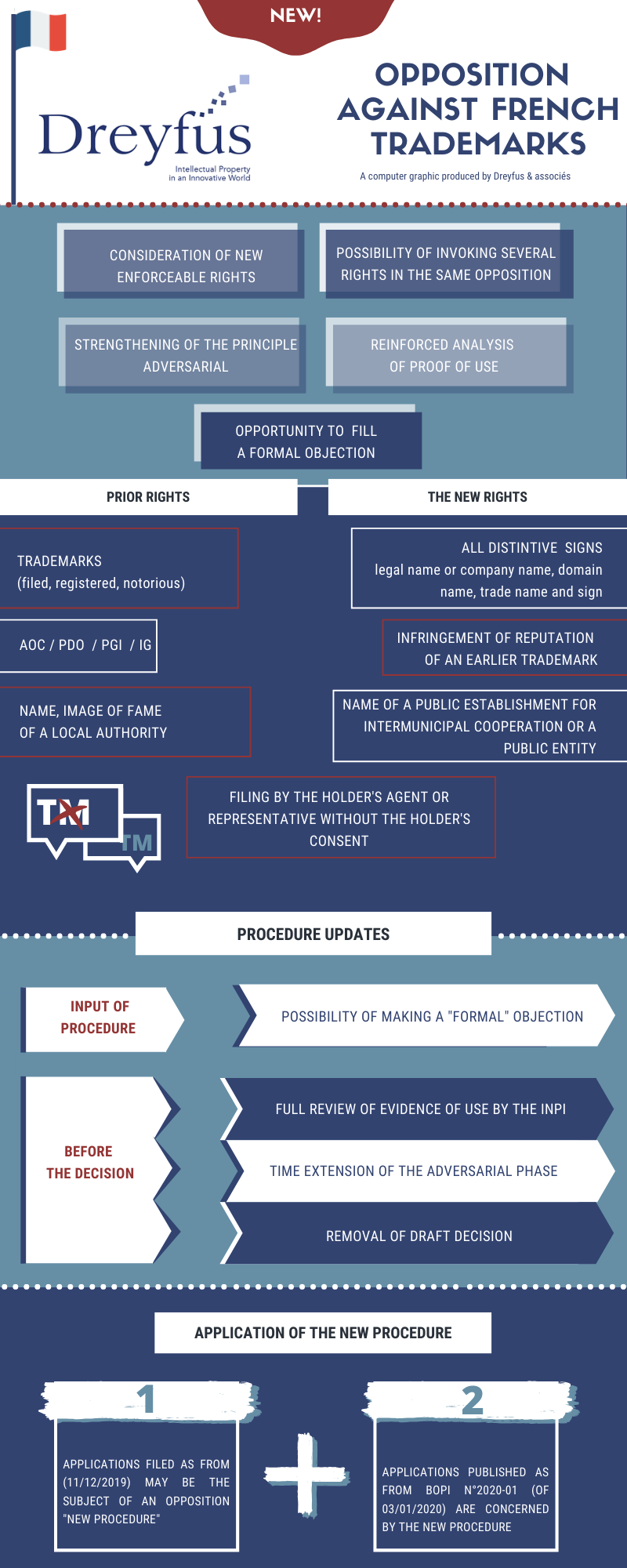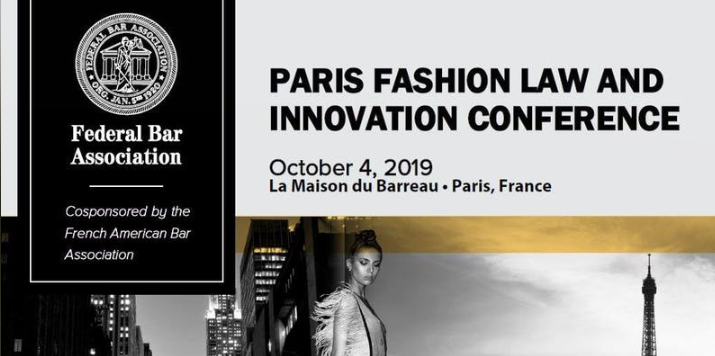Bad faith, a requirement that is duplicated between registration and bad faith use

In the present case, Great American Hotel Group, Inc. complained that its former vice-president retained the domain name <greatamericanhg.com> and changed the password of the account used to manage this name with the registrar.
It all started in 2011 when the applicant decided to adopt the name Great American Hotel Group. Its president at the time asked Mr. Greene, then vice-president of the company, to reserve the domain name <greatamericanhg.group>.
The latter did so, but – apparently without notifying his superior – reserved the domain name in his name instead of that of the company. He did, however, record the company’s postal address, and pay with the company card. In 2012, he hired an anonymity service to hide his data.
Since its registration, the name had been used for the company and Mr. Greene had always treated the domain name as part of the company’s assets.
However, following disagreements, Mr. Greene was suspended from office in 2015 and dismissed in 2016. In 2017, the name was renewed by the company’s technical teams even though Mr. Greene was no longer present. However, the latter subsequently changed the password so that the name could no longer be renewed by the company. The applicant’s counsel proceeded to send Mr. Greene a letter of formal notice, which remained unanswered, leading to the filing of a UDRP complaint.
The panellist acknowledged that the applicant had common law trademark rights through the use of the sign “Great American” and that the registrant did not have any legitimate rights or interest in the name as it was created for the applicant company.
He also acknowledged that the domain name was used by Mr. Greene in bad faith.
Nevertheless, the panellist was more sceptical regarding the issue of bad faith registration. Indeed, the name had been reserved by Mr. Greene at the request of the president of the applicant company, which, in principle, had, in fact, been a registration in good faith.
In order for registration by an employee to qualify as having been done in bad faith, the panellist specified that the employee must have, from the beginning, had “an intention to cause harm”. Therefore, the evaluation must be factual and done on a case-by-case basis.
In this case, Mr. Greene had registered the domain name in his own name. The panellist found that “this may be subject to questioning, and the fact that he did not mention the company does not constitute a good domain name management practice”, however, the president and the company seemed to be equally as uninterested in formalizing the reservation of the name.
For four years, until he was suspended from his functions, the registrant had always displayed conduct that demonstrated that he understood that the name belonged to the company. Thus, there is no reason to suppose that by reserving the name four years earlier, he had intended to compete with the applicant or to benefit from some type of tactical advantage against him.
Consequently, the plaintiff’s complaint was dismissed as the registration in bad faith had not been established. Nevertheless, the panellist specified that the applicant could turn to other avenues to try to obtain relief.
The significance of this decision, in addition to highlighting the dual condition of bad faith, is that it reiterates the need to set up an internal naming charter to avoid any dispersion of assets, both in terms of trademarks and domain names.
WIPO, Arbitration and Mediation Center, Sept. 2, 2019, No. D2019-1638, Great American Hotel Group c/ Domains By Proxy, LLC / R Greene



 While certain geographical names may, by exception, benefit from protection within the meaning of the UDRP rules, it should be remembered that they must be perceived as a trademark or service mark over which the applicant has rights. However, the mere use of a geographical name to identify certain goods and services as a territorial entity is not sufficient to demonstrate rights in a trademark or service mark within the meaning of the Guidelines, as the pannelist rightly pointed out in the present Decision.
While certain geographical names may, by exception, benefit from protection within the meaning of the UDRP rules, it should be remembered that they must be perceived as a trademark or service mark over which the applicant has rights. However, the mere use of a geographical name to identify certain goods and services as a territorial entity is not sufficient to demonstrate rights in a trademark or service mark within the meaning of the Guidelines, as the pannelist rightly pointed out in the present Decision.





 Meet Nathalie Dreyfus at the
Meet Nathalie Dreyfus at the 
 The
The 
 On April 23rd 2019, the
On April 23rd 2019, the 
 The WHOIS protocol now appears to be outdated due to the evolution of technical requirements in the digital era. Indeed, this tool, provided by registrars, is inter alia not capable of working with either encoding or with non-latin characters. Consequently, since 2015, ICANN in collaboration with the Internet Engineering Task Force (IEFT) has been working on the replacement of WHOIS through the RDAP (Registration Data Access Protocol), in compliance with the Temporary Specifications and the GDPR.
The WHOIS protocol now appears to be outdated due to the evolution of technical requirements in the digital era. Indeed, this tool, provided by registrars, is inter alia not capable of working with either encoding or with non-latin characters. Consequently, since 2015, ICANN in collaboration with the Internet Engineering Task Force (IEFT) has been working on the replacement of WHOIS through the RDAP (Registration Data Access Protocol), in compliance with the Temporary Specifications and the GDPR.
 WIPO, Arbitration and Mediation Centre, March 11, 2019, No. D2019-0035, Pharnext versus Wang Bo, Xiang Rong (Shanghai) Sheng Wu Ke Ji You Xian Gong Si
WIPO, Arbitration and Mediation Centre, March 11, 2019, No. D2019-0035, Pharnext versus Wang Bo, Xiang Rong (Shanghai) Sheng Wu Ke Ji You Xian Gong Si